Making the leap from snapping photos with your cell phone camera to shooting pictures with a standalone camera is exciting. But for a budding photographer, it can be a little intimidating too, as there are virtually limitless camera options to choose from.
Instead of diving into the details, start with a high-level view. Consider your answers to these five “how to choose a camera” questions, and they’ll point you in the direction of the right photo gear for you.
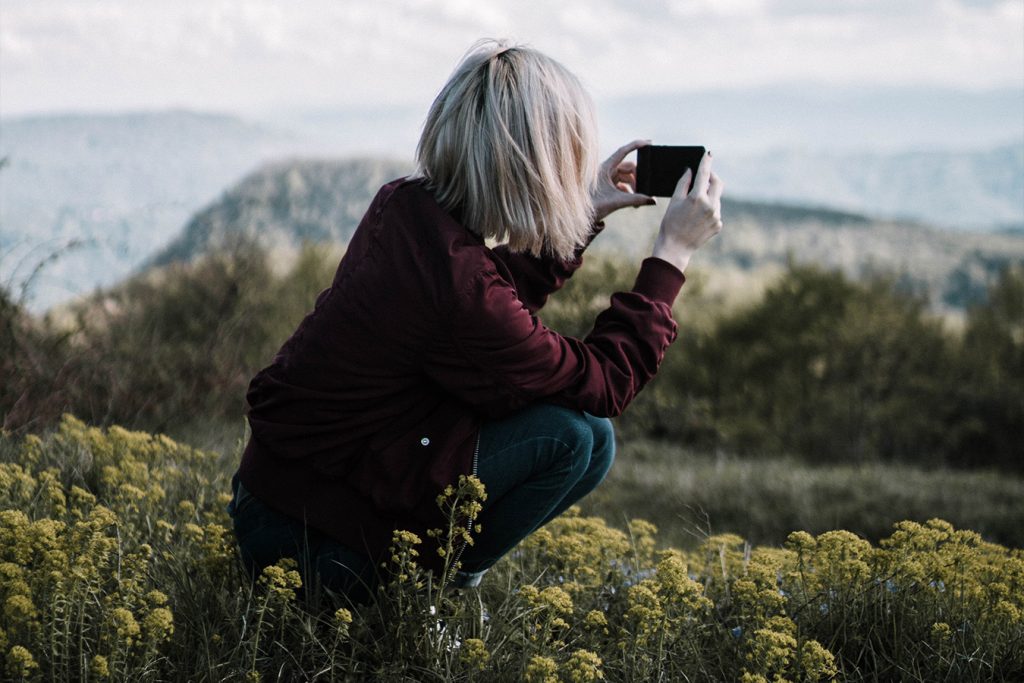
What Type of Camera Do You Want?
There are three primary camera types on the market today, each with its own pros and cons. Your options include:
Point-and-shoot cameras. Think of these as photographic one-pieces because their lenses are permanently attached.
DSLR. Also known as digital single lens reflex cameras, these have detachable lenses and a mirror in the camera body that allows you to see the image you’re shooting through the lens.
Mirrorless. Like the DSLR camera, these four-thirds cameras have changeable lenses. They don’t have the interior mirror (you’ll see what you’re shooting on a screen), which means they’re smaller and easier to manage if you have small hands or want less bulk.
You can dive deeper into the different types of cameras in this article.
Why Do You Want a Camera?
Your camera selection will be almost wholly dependent on what you shoot and the setting where you take your pictures. If a person is taking still images in a photo studio, the bulk of a DSLR camera (they tend to be bigger and heavier than the other options) is no big deal. But take that same photographer on a photo tour of Rome, and he or she might just wish they’d brought a lighter, easier-to-carry mirrorless model. And if that person just wants to take photos to share on social media or print on a customized gift or souvenir? A straightforward point-and-shoot model could be all you need.
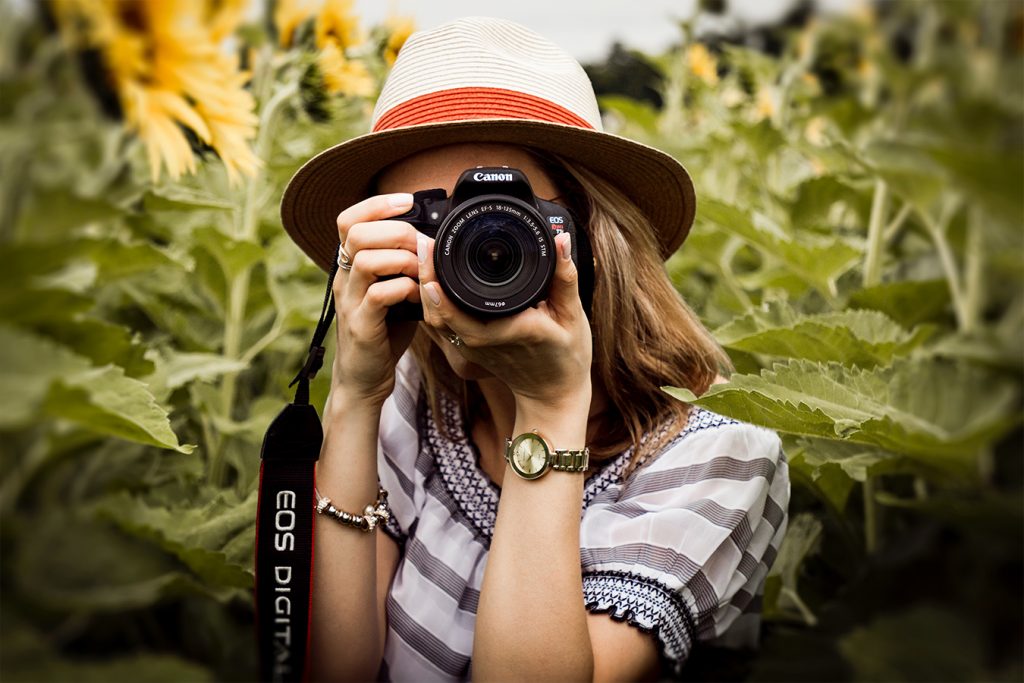
Which Features Do You Need?
Modern cameras have incredible features to choose between, many of which can take your photos to the next level. A few you might want to consider are:
The camera’s resolution. This is essentially the level of detail the camera can capture, which is measured in megapixels. The more megapixels you have, the bigger you can print the photos from it.
Shooting flexibility. In most situations, your camera will automatically find optimal settings for photos. But if there’s a particular look you want, this can limit your choices. A manual mode lets you choose your settings for aperture (opening of the lens), shutter speed (how quickly photos get taken), and light sensitivity (also referred to as ISO).
Image stabilization. This feature dulls the motion caused by a photographer’s moving hand, which can reduce motion-triggered blurriness in photos.
Frames per second (FPS). This is literally how many photos the camera snaps in a second. Keep in mind that higher FPS numbers are better.
Physical toughness. If you’re taking the camera on adventures, consider the durability of its frame. Heading outdoors? Water-resistance and weather protection matter.

How Much Do You Want to Spend?
You can find a great point-and-shoot camera for under $100, but a DSLR camera’s price can go to — and beyond — $3,000. And that’s not including the lenses that are required to take pictures with it. Understanding what you have to spend can help you establish your camera purchase priorities.
Which Camera Feels Right?
As you narrow your choices, remember that one of the most important factors in your camera selection isn’t about photography at all. Rather, it’s how the camera feels when you use it. Does it fit your hand? Do you like previewing your shots through the lens or on the screen? Are the buttons and menus intuitive?
Choosing the right camera can make you a better photographer. Why? If you like using the camera, you’ll shoot more often. And if you shoot more often, your photos will get better and better.

From Weddings to Tech, our Zazzle Contributors are experts on a wide variety of topics and information. We hope their advice and ideas will help you be inspired!
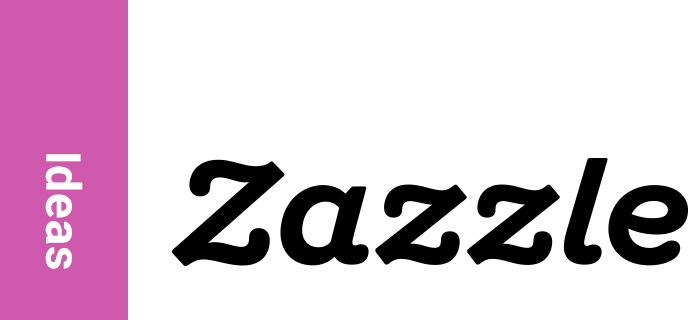

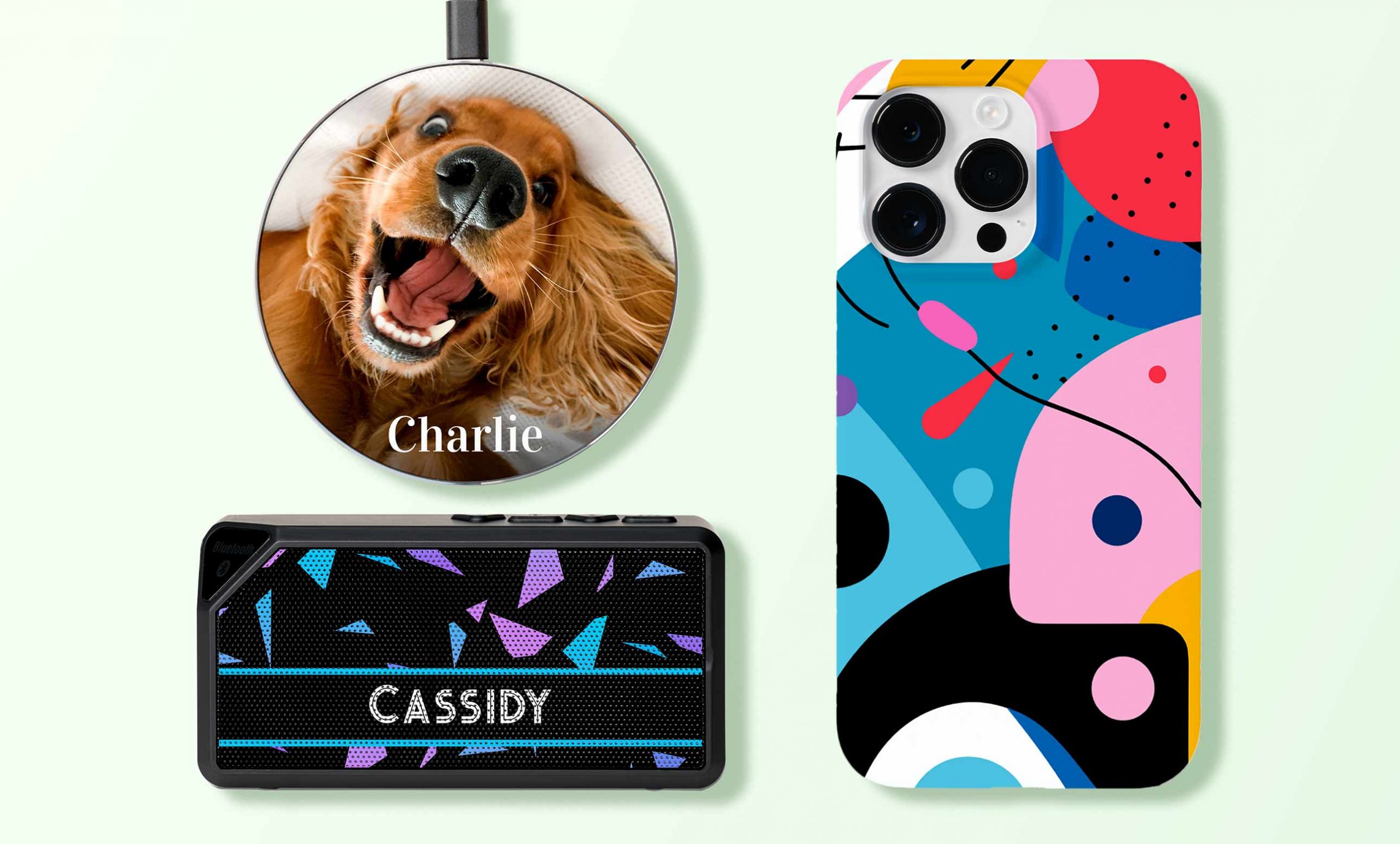
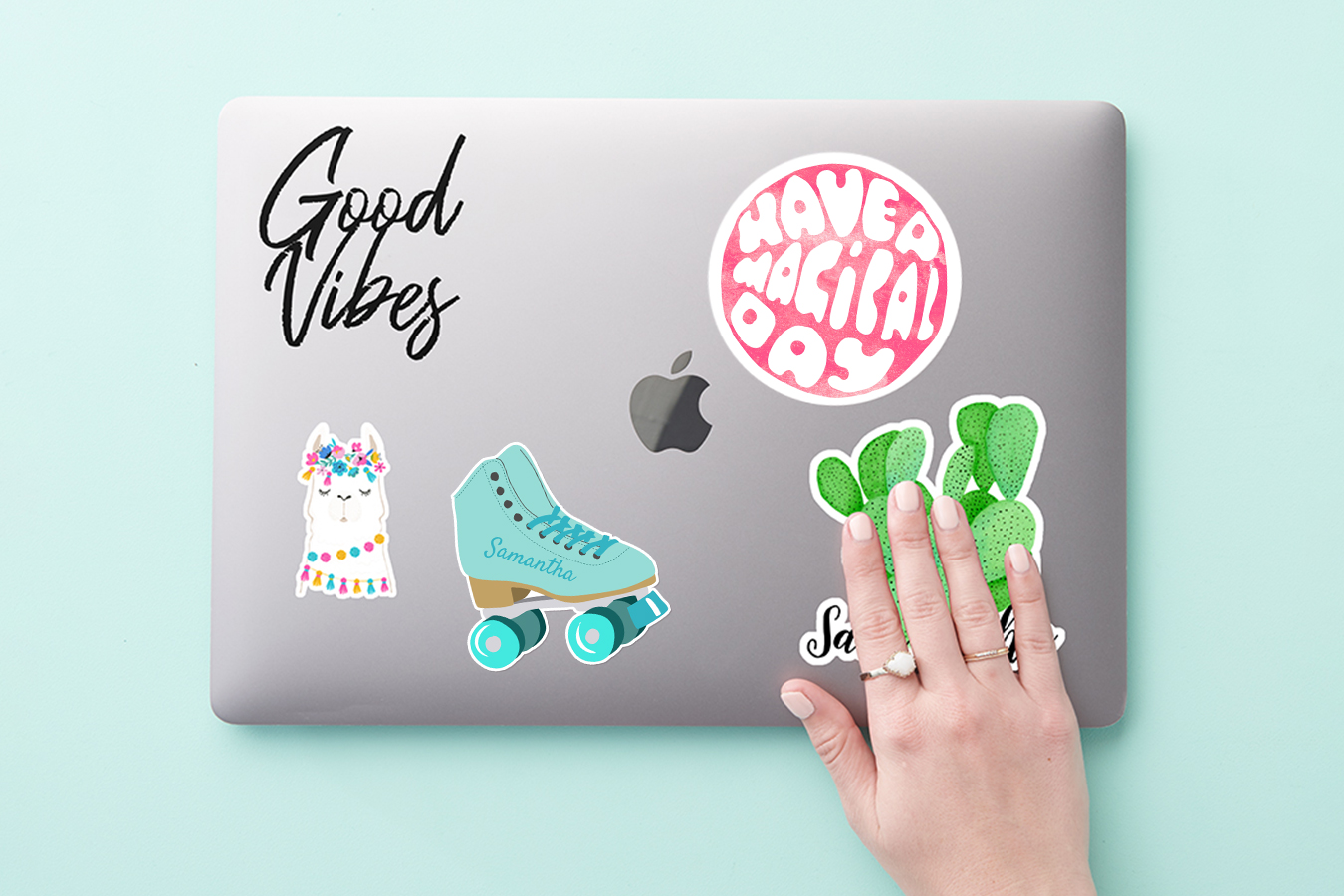
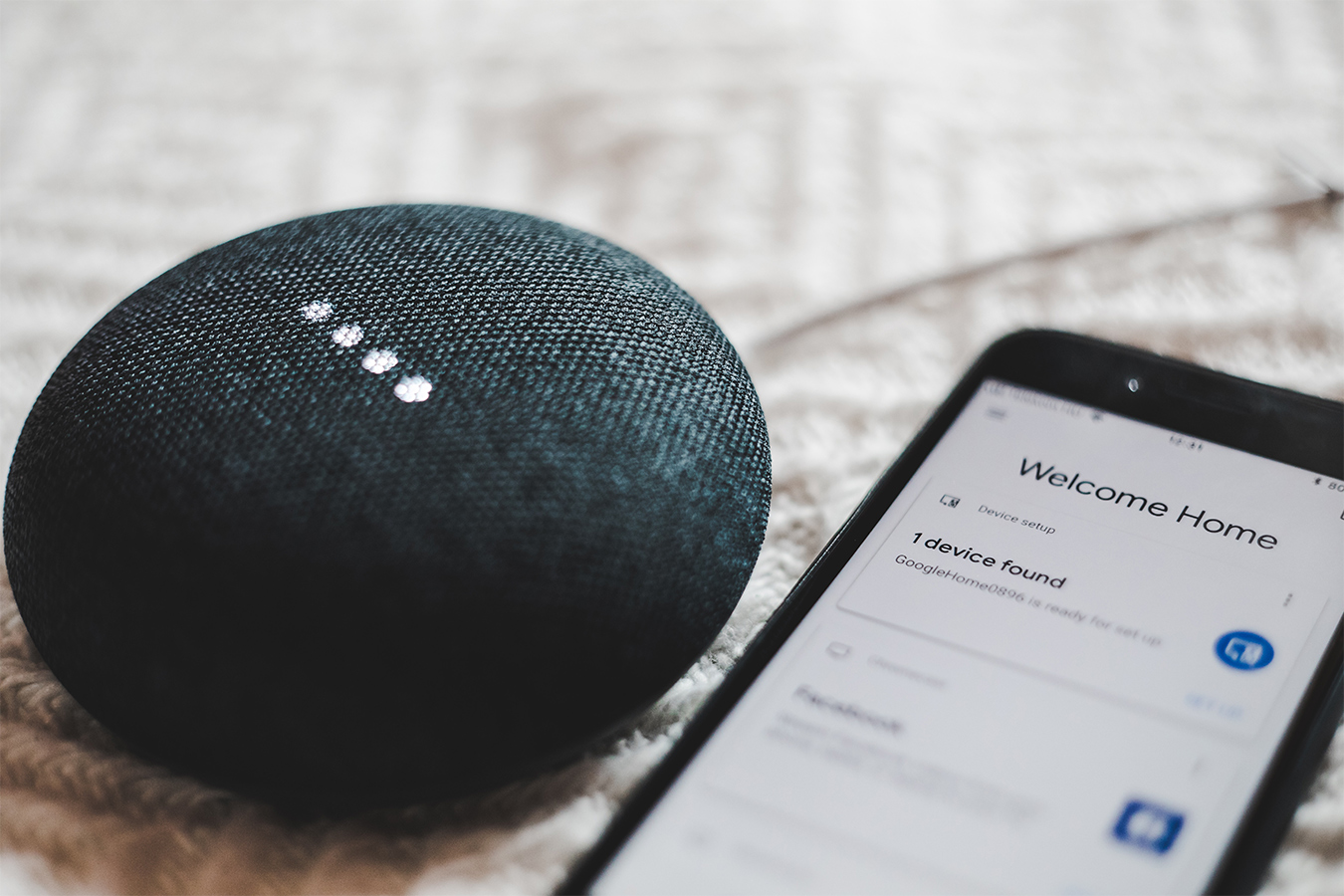
Other points to consider when buying a camera:
1) What exactly do you plan on using your camera for and how much will you be using it? (i.e. do you just want it for a vacation or because you’re a blogger and will need it all the time?
2) Answering #1 helps decide how much you want to invest: What’s your price range?
3) Do you want a rechargeable lithium battery that comes with the camera or do you want a camera that uses alkaline AA batteries you have to replace? (I prefer a rechargeable and power source will effect price)
4) What other features do you want? Be sure to read camera feature details. I like a camera with good telephoto, so I chose one with 40x telephoto capacity. I also like a camera with a menu of “scenes” that are auto-settings, such close-up, portrait, daylight scenery, indoor scenery, nigh time, fireworks, etc. You get the idea.